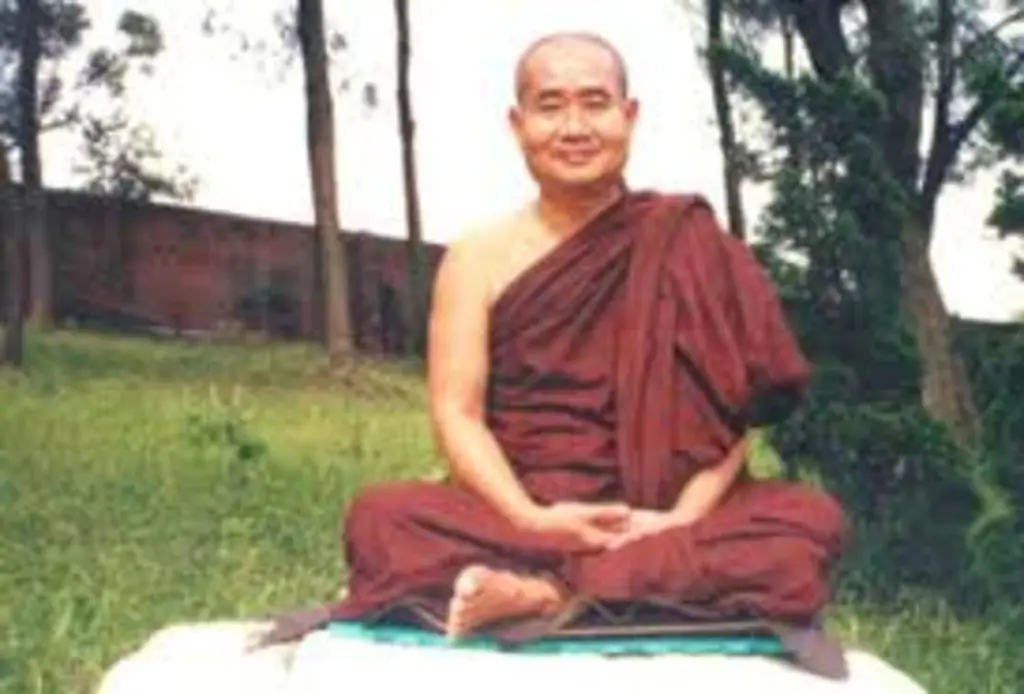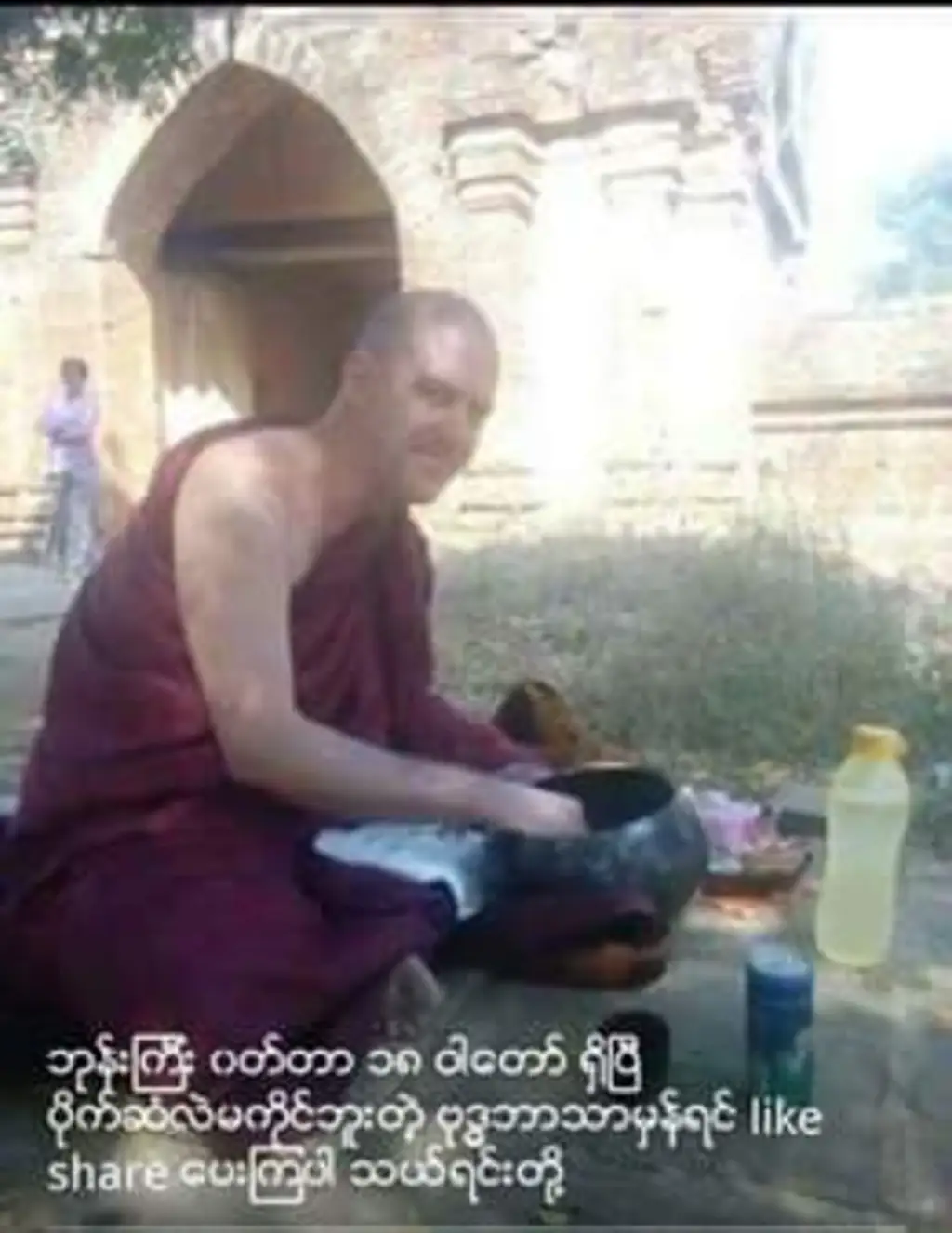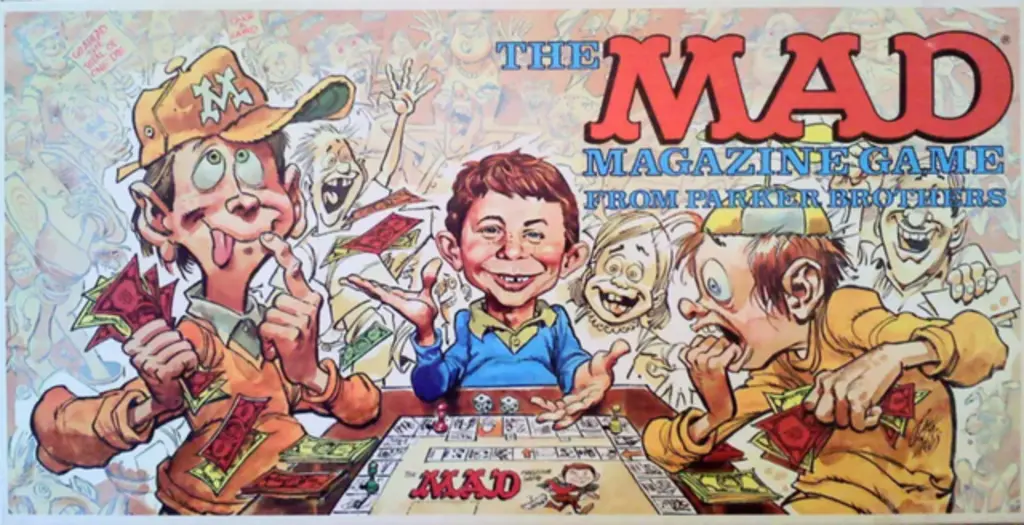Percentage of Monks Who Do Not Use Money

Monk walking towards the world of the 5%
If you are a Westerner and new to Buddhism, you might be surprised to learn that most monks use and handle money. I have calculated that around 95% use money while 5% do not use money. The general consensus of those I have consulted say that about 2 or 3 percent do not use money but I used a 5% number to be safe. In this article I will give an itemized number crunch and explain how I came up with those numbers and you can see if 5% is safe and maybe double my original estimate.
The most important factors for determining the percentage of monks who use money and don’t use money is to look at the total Theravāda demographics per country and then calculate how many monasteries follow the rules pertaining to money. From there, one can give a general estimate and accounting for those monasteries plus a few well known larger monasteries. Lastly, we can take that total and divide it by the demographic total of monks and you get a percentage.
Population of Five Theravāda Countries
There are five countries which have Theravāda as the national religion: Myanmar, Thailand, Cambodia, Sri Lanka, and Laos. I have listed them in order of size. So there are around 300,000 in Myanmar, and 200,000 monks in Thailand. The numbers in the other three Theravāda countries are relatively small in comparison. Cambodia has 60,000 monks while Sri Lanka has 35,000 monks. Laos does not have much data available. Some Lao monks told me it was 3,000 while some said 10,000. One thing is for sure—it has the smallest amount of monastics compared to the other Theravāda countries. These numbers are floating numbers because many monks ordain and many monks disrobe. It is sort of like a very large apartment building: it might be filled with people, but the residents change all the time.
Over time, the monastic population has been decreasing. Myanmar once boasted 500,000 monks five or ten years ago. That number is now 300,000.1
Vinaya Monks Rarely Mix
I have a few friends who use money, but they are outside of my network of known monasteries. Generally speaking, monks who do not touch money do not live in monasteries where it is very common for monks to use money. Why? We have rules not only about money, but the items bought with money that monks have previously touched. Therefore, if it is not allowed for monks to have money, then the items bought with money are also not allowable.
It is quite common for monks to donate a small amount of their money to their own monastery, and if this is used for construction or maintenance, the monastery itself becomes unallowable for those who want to follow the rules. Because of this, those who follow the rules about money normally avoid monasteries which are not conducive to a life free from money. If one wants to live without money, he needs the support structure of a monastery that does not use money. It is possible to live without money anywhere, but it is not easy outside a monastery that supports this life. The list of allowable monasteries is very small and much easier to calculate.
Likewise, monks who use money usually avoid monasteries that follow the rules because they will be required to give up their unallowable items. Basically, they have to give away all of their money and items bought with their own money. This is why the monks usually do not mix.
Counting Monasteries and Monks
Because of this, the monks who need such allowable monasteries easily know which monasteries do not use money. The list is exceedingly small and counting is an easy task. To gather a number of monks who do not use money, we simply need to estimate how many monks are in each money-free monastery, add a fudge factor, and divide it by the total population.
For example, Pa-Auk Forest Monastery has a high percentage of monks who follow the Vinaya, but places like Mahagandhayone and Panditarama have only a few monks who don’t use money. Similarly, Shwe Oo Min monasteries used to be Vinaya monasteries, but it is now difficult to find many monks who don’t use money there.
Even when we count from places such as Pa-Auk, and say they have a “high percentage,” it is maybe only 50–60% that follow Vinaya in their hearts and not just “while temporarily visiting the monastery.”
The Dhammayut tradition once had a reputation as being a Vinaya lineage, but now the number of reputable monasteries with monks who do not use money are a small proportion. Lastly, even the Galduwa Forest Tradition of Sri Lanka is estimated to have about one-third of its monks using money.
Myanmar Monasteries

In Myanmar, there are only a few large monasteries that are allowable to visit. Some monasteries are allowable because they were built properly according to the rules, but since the passing of their chief monks, they have been reduced to just a handful of monks, one or none. For instance, Mahagandayone has 3,000 monks and was once a major place for monks to study and not touch money. Now there is just one monk living there out of 3,000 that does not use money.2
Panditarama and Shwe Oo Min both have just a few monks each that do not use money. Pa-Auk would be the largest with about 3,000 monks total. There is Mahavihara with 1,600 monks and Dhammavinaya with 200 monks. Let’s say my numbers are off a little bit. If so we can increase the number to 6,000 so nobody complains. It really does not matter—we are still left with about 2% if we divide 6,000 by 300,000.
Please also understand that not all monks at these monasteries are full-time money-free monks. Pa-Auk might have 60% that do not touch money on a regular basis because visitors are not required to fully disclose what they actually did to “renounce” their unallowable items.
Without the Venerable Pa-Auk Sayadawgyi, Vinaya would be pretty much dead in Myanmar.
Thailand Monasteries
In Thailand, it is difficult to judge the percentage of monks who strictly follow the Vinaya, but we can use the same tactic. When I asked a senior monastic who is connected to the Thai world, he also came up with 2% when I told him to pad it and then divide by 200,000. That means he estimated 4,000.
Cambodia Monasteries
My friend from Cambodia originally thought that 20% followed Vinaya because he mostly associates with Vinaya monasteries. When I told him the total was 60,000 monks his percentage dropped to a realistic 3%.
Sri Lankan Monasteries
In Sri Lanka, there are only around 15,000 monks by Google and 35,000 by local opinion. There are roughly 1,200 in Galduwa and 800 of those are assumed to be free from money full time.3
Mahamevnawa has a reputation by some to follow the rules on money, but they usually do not follow the detailed rules mentioned in the commentaries. There are 700 listed in Wikipedia and if we assume similar percentages with Galduwa we get 470 that are in good standing. The total is 1,270, and we can pad this number further just for argument’s sake (or to avoid arguments). Therefore, we can pad that to 2,000 out of 35,000, which gives us 5.71%.
However, that enormous 5.71% is pretty much insignificant compared to the 500,000 monks from Myanmar and Thailand. Please note this is a highly padded estimate as well.
Lao Monasteries
There is little statistical data available for Laos. Some Lao monks say there are 3,000 monks while others say 10,000. They estimate a mere 300 monks and I’ll pad that to 500 total who follow the money rules full time. As stated above, the numbers are insignificant.
Other International Monasteries
Any other country outside these five countries would be relatively insignificant. Furthermore, most “immigrant monasteries” in the West or other parts of Asia are filled with intelligent monks, but also monks who usually use money. Being in the West, it is an opportunity to collect large amounts of money as viewed from an Asian perspective. Such monks rarely teach in English while abroad in English-speaking countries.
Table of Totals
| Country | Total Monks | Total Vinaya Monks | Percentage |
|---|---|---|---|
| Myanmar | 300,000 | 6,000 | 2.00% |
| Thailand | 200,000 | 4,000 | 2.00% |
| Cambodia | 60,000 | 3,000 | 5.00% |
| Sri Lanka | 35,000 | 2,000 | 5.71% |
| Laos | 10,000 | 500 | 5.00% |
| Totals | 605,000 | 15,500 | 2.56% |
The Numbers
I wish the numbers were larger. You can see that 5% would be a padded number from the padded numbers used in the calculations above. However, using money is a very well-known and accepted practice in Asia. The monks get money from the lay people, and giving money to monks is “cool and normal.” I have met lay people from Asian countries that have never met a monk who didn’t use money. They thought it was not possible.
One time someone took a picture of me when I was in Bagan and it went viral on Facebook solely because I didn’t use money and for no other reason.

Viral photo in 2015. About 47,000 likes.
Keeping the Torch Alive
The monks do not hide that they accept money. They might even like this article because it emphasizes what is “normal” and the “modern monastic way.” This modern way is convenient for both the monks and also the lay people.
While one might be quick to start blaming such modern monks, you would be no different from a vegetarian who hates meat eaters. If you do, you end up hating the world.
The general population of monks usually study and teach the lay people. This keeps the torch flame of Buddhism alive. Not everyone started out as a Vinaya monk either. Pa-Auk Sayadaw and Ajahn Chah both used money in the early part of their lives before they took meditation practice seriously. They stopped because they knew that money prevents monks from being successful in meditation.4
Without these two very influential monks—and their original teachers who probably used money—we might not have any Vinaya monasteries left today. It was just normal back then, and this article shows that it is still normal today.
So be grateful for the “normal” monks who are out there in the world, but also encourage and help them to join the rare monasteries that support monastic life without money.
Are you surprised by these numbers? Did you learn something new? Leave a comment below. There are also a few other articles based on this topic of monastics and money below.

Are Buddhist Monks Allowed To Use Money?
Are Buddhist monks allowed to use money? The short answer is that monks are definitely not allowed to even touch money for all traditions.

How Do Monks Live Without Money?
The easiest way to live without money is to join a monastery that is sincere about learning the teachings of the Buddha.
The numbers are mostly from the internet. One monk told me the real number for Myanmar is only 120,000. However, we take the higher published numbers (Google/Bing Chat) except for Thailand, in which 200,000 was chosen. With Laos and Sri Lanka, the higher estimates were also used. ↩︎
I know because that monk told me he was the only one. If there was another, they would know each other because it’s a small world. ↩︎
This is padded. ↩︎
Antarāyika [Antarāya + ṇika] (a) be dangerous, (b) connected with danger, (c) deserving of danger, (d) Dhamma producing danger; Dhamma causing the danger of celestial abodes, Nibbāna, Jhāna, Magga, and Phala. ↩︎
Click below to search subjects